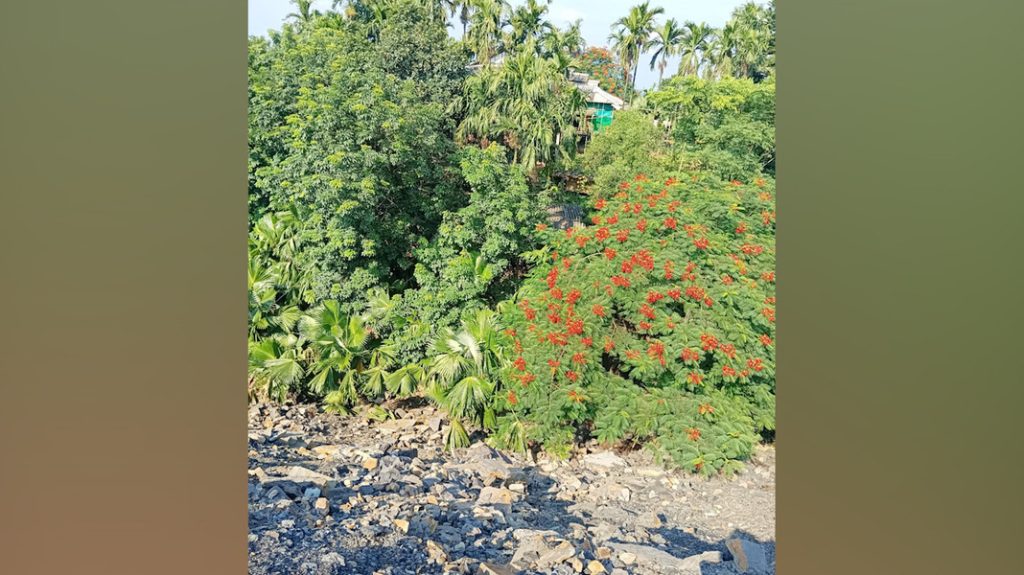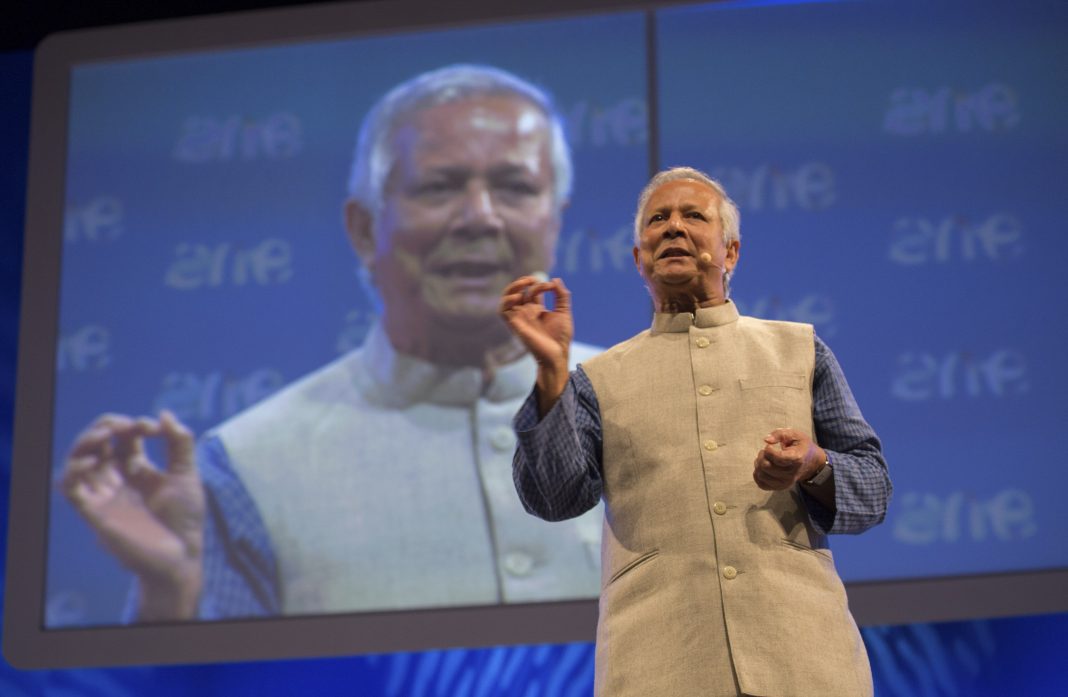GUwahati, Oct19: More than 800 families from two tribal villages are confronting severe environmental challenges due to the actions of North Eastern Coalfields (NEC), a subsidiary of Coal India Ltd (CIL), which has been using the ancestral land of these tribal communities for dumping debris and waste materials extracted during open-cast coal mining operations in the nearby Patkai Hills.
These families, primarily from Malu Gaon and Jharna Basti, are reportedly affected by air, water, and sound pollution from a dumping site managed by the CIL NEC.
The continuous dumping activities are contributing to severe environmental degradation, affecting the health and quality of life of the indigenous people. Air pollution, in particular, can have long-term health impacts, while water contamination poses an immediate threat to the community’s access to safe drinking water.
The ever-expanding dumping site has reportedly damaged many houses in these villages. This encroachment not only threatens their homes but also their cultural and ancestral lands.
Allegations suggest that the CIL authorities have asked the tribal residents to vacate the area, citing the growing size of the dumping ground. This would displace hundreds of families, exacerbating the vulnerability of this already marginalized community.
Sampha Wangshu, president of the All Assam Naga Welfare Society (AANWS), has raised serious concerns about the environmental impact of open-cast coal mining in the Patkai Hills, particularly its devastating effects on the two tribal villages.
Wangshu expressed that the communities in these villages are enduring severe air pollution caused by the debris dumping from mining operations, which is rapidly destroying their environment and threatening their existence.
Tehon Hakhun, the Gaon Burha (village head) of Malu Gaon, painted a grim picture of the environmental destruction caused by the coal mining operations in Patkai Hills. He described how their villages are being buried under the waste from CIL mining activities, which have turned once-thriving tea gardens and green landscapes into barren wastelands.
The situation is further aggravated by CIL’s alleged use of nearby hills—areas that have long been home to local communities—as dumping sites for mining debris. This not only leads to the destruction of natural landscapes but also threatens the homes and livelihoods of indigenous people who have lived there for decades.
Napung Hakhun, secretary of the Malugaon Tribal Development Society, added that the affected families were given minimal time to evacuate. This has left many families, who have lived in the area since 1952, and some even since 1947, with nowhere to go.
Napung raised the critical question, “Where will they go?” highlighting the dire plight of these impoverished communities. Forced displacement without proper resettlement plans places an immense burden on these indigenous groups, who are already struggling to cope with the environmental and social impacts of mining.
“The use of ancestral lands for waste dumping must be reconsidered, and CIL should be held accountable for the damage caused to the environment and local populations,” Napung said.
Tehon Hakhun has accused CIL of ignoring the community’s efforts to negotiate and address their grievances regarding the environmental and social impacts of the coal mining operations.
According to Hakhun, despite the community’s attempts to contact CIL for a dialogue, their concerns have been dismissed, prompting them to escalate the matter.
Hakhun revealed that the community has filed a case against CIL with the National Human Rights Commission (NHRC). The NHRC has registered the case, and the community is now awaiting a directive from the commission.
Additionally, Hakhun mentioned that memorandums have been sent to the Tinsukia district commissioner and the Assam Chief Secretary, urging them to intervene in the situation. However, these appeals have gone unanswered, leaving the community feeling abandoned by local authorities.
The Gaon Burha also questioned the government’s apparent contradiction in allowing CIL to force the villagers out of their homes after providing them with essential services such as water, electricity, and Anganwadi (childcare) services.
“How can Coal India come in and force us out?” Hakhun asked, emphasizing the community’s frustration at being uprooted from land where they have lived for generations.
The area inhabited by the Tangsa (Naga) community including Malu Gaon, was designated as a Protected Belt by the Assam government under notification No. TAD/R73/50/43 on March 12, 1951. This status was meant to safeguard the land and rights of tribal communities, restricting the possession of land by outsiders for permanent residential purposes. A letter dated June 26, 1952, sent by the Assistant Political Officer of the Tirap Division to the Gaon Burha of Malu Gaon, emphasized this protection, stating that the Tirap Division had been declared a tribal community inhabitant area, and that no other people could acquire land in this region for residential purposes. The Gaon Burha was tasked with informing everyone under his jurisdiction of this order.
Despite this historical protection, the recent developments involving land usage for mining debris dumping by NEC have led to significant environmental and social challenges for the indigenous communities.

A crucial legal development occurred on November 12, 2013, when the Gauhati High Court ordered compensation to be paid to the affected villagers. Following this ruling, the government provided compensation to those whose lands had been impacted. However, despite this payment, the community continues to face ongoing threats from CIL’s expanding operations, with allegations of insufficient time given for evacuation and the forced displacement of villagers who have lived in the area since the early 1950s.
Shompha Wangsha has issued a strong demand to halt the ongoing open-cast mining operations by CIL, calling for an immediate survey of the affected areas to provide proper compensation for the land and homes of the displaced Tangsa people.
Wangsha emphasized that the continued mining activities have led to severe pollution in the area, further degrading the environment and threatening the survival of the community.
The AANWS is demanding an immediate cessation of the open-cast mining process, which has been ongoing since 1988, without adequate compensation being provided to the affected Tangsa people.
Wangsha stated that CIL has no right to use the land of the indigenous Tangsa people and to displace them from their ancestral homes. The community has long protested against the forced displacement and destruction of their environment, but their demands have largely gone unheard.
Citing Article 29 of the United Nations Declaration on the Rights of Indigenous Peoples (UNDRIP), Wangsha argued that indigenous people have the right to the conservation and protection of their lands, territories, and resources, including the environmental health of their region.
According to this article, states are required to implement assistance programs for indigenous communities to ensure such conservation and protection without discrimination.




